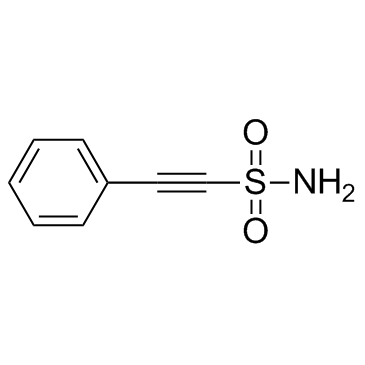Novel Insights into the Interplay between Apoptosis and Autophagy.
Hidemi Rikiishi
Index: Int. J. Cell Biol. 2012 , 317645, (2012)
Full Text: HTML
Abstract
For several decades, apoptosis has taken center stage as the principal mechanism of programmed cell death (type I cell death) in mammalian tissues. Autophagic cell death (type II) is characterized by the massive accumulation of autophagic vacuoles in the cytoplasm of cells. The autophagic process is activated as an adaptive response to a variety of extracellular and intracellular stresses, including nutrient deprivation, hormonal or therapeutic treatment, pathogenic infection, aggregated and misfolded proteins, and damaged organelles. Increasing evidence indicates that autophagy is associated with a number of pathological processes, including cancer. The regulation of autophagy in cancer cells is complex since it can enhance cancer cell survival in response to certain stresses, while it can also act to suppress the initiation of cancer growth. This paper focused on recent advances regarding autophagy in cancer and the techniques currently available to manipulate autophagy.
Related Compounds
| Structure | Name/CAS No. | Molecular Formula | Articles |
|---|---|---|---|
 |
Pifithrin-µ
CAS:64984-31-2 |
C8H7NO2S |
|
Cell death induced by 2-phenylethynesulfonamide uncovers a p...
2014-11-01 [Cancer Lett. 354(1) , 115-21, (2014)] |
|
A Tetrahymena Hsp90 co-chaperone promotes siRNA loading by A...
2015-02-12 [EMBO J. 34(4) , 559-77, (2015)] |
|
Cross-Presentation of the Oncofetal Tumor Antigen 5T4 from I...
2015-06-01 [Cancer. Immunol. Res. 3 , 678-88, (2015)] |
|
Solanesol protects human hepatic L02 cells from ethanol-indu...
2015-04-01 [Toxicol. In Vitro 29(3) , 600-8, (2015)] |
|
Protein Kinase Cα (PKCα) Is Resistant to Long Term Desensiti...
2016-03-18 [J. Biol. Chem. 291 , 6331-46, (2016)] |